
STORIES
30-08-2017 by Antonio Altieri
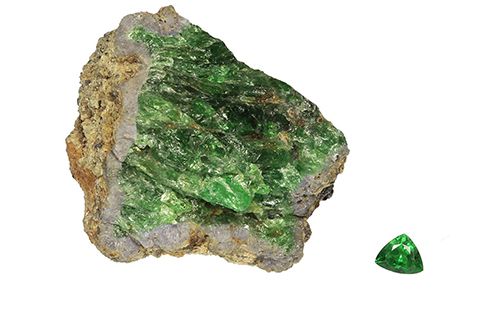
Tsavorite turns fifty.
The green stone named after Tsavo National Park was discovered in 1967 by the Scottish geologist Campbell Bridges.
Since then it has become increasingly famous abroad in Kenya and Tanzania, the only countries in which it is located.
Legend says the geologist, who lived in Tanzania and owned a reserve, on the Kenya border, in addition to Tiffany's consultant, was walking in savannah when a buffalo tried to load it.
To escape the animal and save his life, Campbell took refuge in a rocky split of the land where, awaiting the buffalo to leave, he discovered a bright green rock.
Intending to save her skin and worried about the darkness, she could not take a sample, but she was convinced she had discovered something very similar to the emerald.
Meanwhile Tanzanian President Nyerere nationalized reservations, and many British citizens were forced to move to neighboring Kenya.
It was there that the geologist, resuming his research, discovered a field of these precious stones in an impregnable area behind the Taita hills, in Tsavo's park.
He acquired the land and built a rude house on a tree to defend itself from the wild animals.
From his tales we learn that it was a big python to make him a guard and that in his reserve two leopards were almost domesticated.
Since then, Kenyan stone has begun, and even other seekers, driven by possible gains, have been looking for the so-called "green gold".
It was the president of the famous American maison to combine the term "Tsavorite" after a safari in the stone extraction areas.
Campbell has also resisted attempted looting by bandits and smugglers over the years, until in 2009, at 71, he was shot dead in an ambush by some twenty bandits who wanted to exploit his mining concession. Today the drawing of the tsavorite is followed by his son Bruce but goes on very hard, and there are no other areas in the world where this stone is present, and even in Tanzania seems unrecognizable. That is why its price is rising steadily. Anyway, Kenya's new mining laws can not develop Tsavorite's research and extraction.
The peculiarities of Kenyan stone are the shades of green. Like all the other garnets, the tsavorite has a high refractive index of light. Unlike other stones, it does not require any treatments to make it brighter, not heated, and not even immersed in oil. Its hardness is similar to that of emerald, but it is more resistant to shocks. Compared to emerald is also easier to cut and less subject to accidental damage. Usually the stones are small, it is rare to find rough stones larger than 5 carats.
ACTIVITIES
by redazione

The only historic jewellery shop in Malindi celebrates 28 years of creations and beauty.
We...
IDEAS
by Leni Frau

East Africa is a land rich in priceless jewels, not only in terms of nature and places, but also in...
TOURISM
by redazione

With the reopening of international air borders, albeit with restrictions and objective difficulties, Kenya...
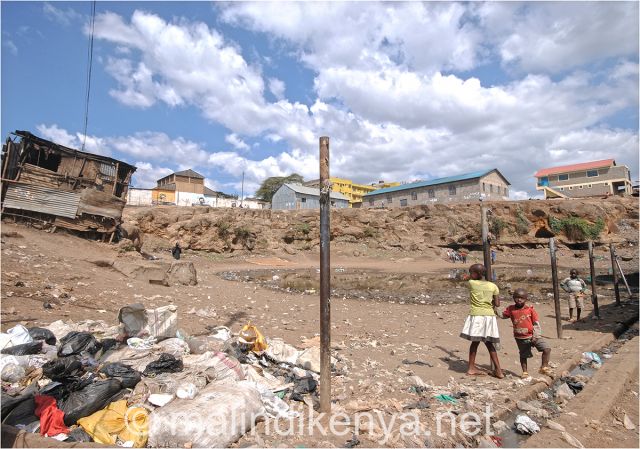
Today's Carol, Christmas 2020, is not a song but a poem, perhaps sung in a whisper as ...
PERSONS
by Freddie del Curatolo
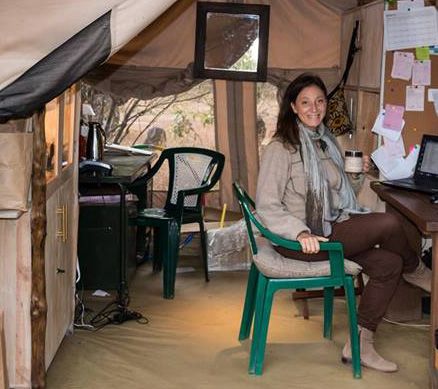
From the recycling of plastic we have seen emerge useful items, sympathetic, unpublished.
But cleaning up the reserves of the Maasai Mara neglect of the human race could have marked out jewels of rare beauty and at the same time...

Gede (or Gedi, as in ancient scripture, is a word of the Galla language meaning "precious") is...
SCULPTURE
by Freddie del Curatolo

Malindi never ceases to offer unexpected treasures, and is increasingly becoming the Kenyan navel of art and culture.
One of the latest highlights is the sculpture garden of African art expert, journalist and gallerist Carola Rasmussen.
"Ndoro Sculpture Garden" is...
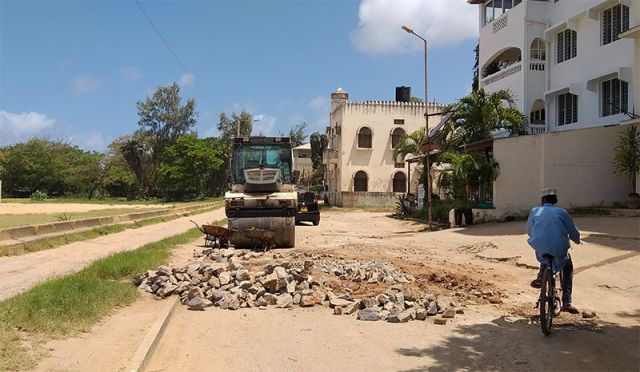
PLACES
by redazione
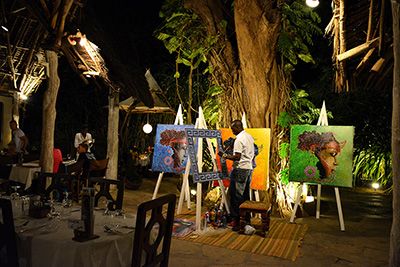
After the success of last August, the evenings of Baby Marrow are back with art, culture and discovery of talents that Kenyans have much to say and show. During high season evenings doubled, not only artisans and creatives, as in...